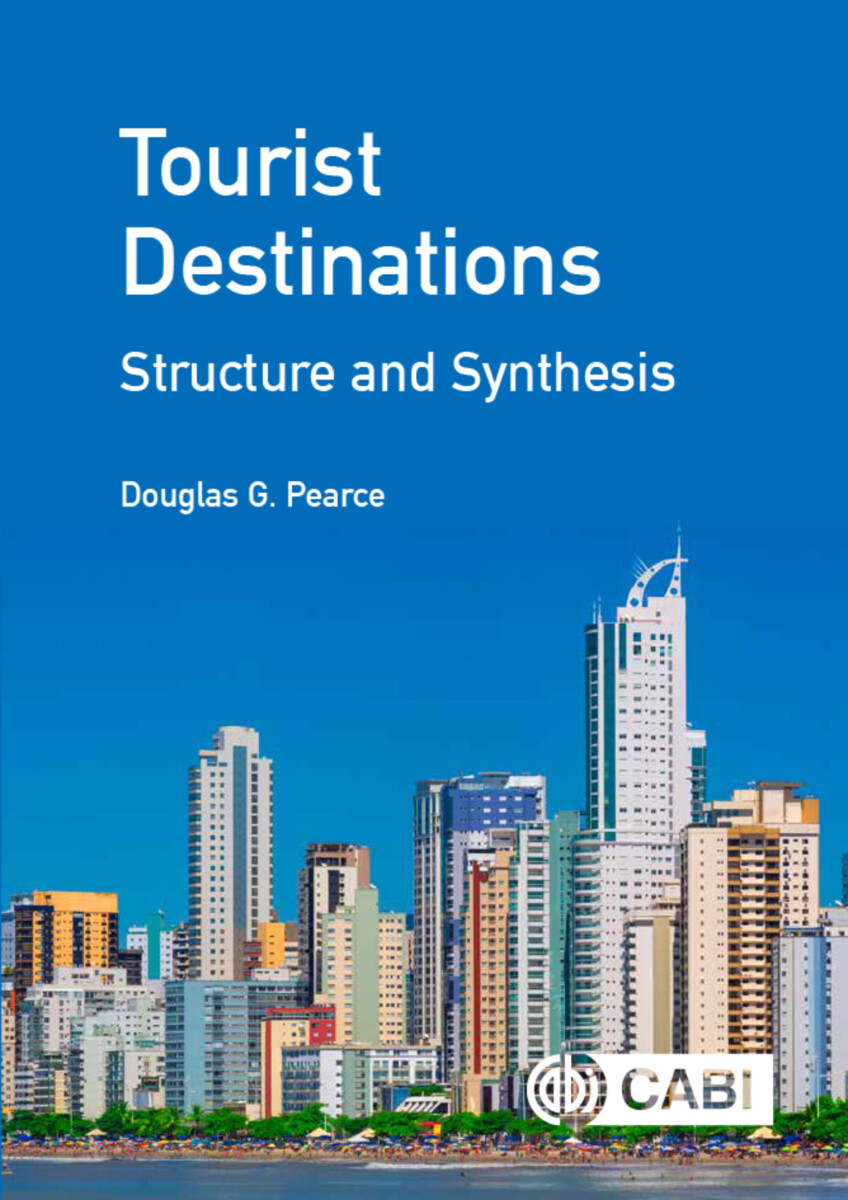Tourist Destinations
Structure and Synthesis
- Publisher
CABI - Published
24th December 2020 - ISBN 9781789245837
- Language English
- Pages 248 pp.
- Size 6" x 9"
Destinations are a central feature of tourism and the focus of much tourism research. Destinations have been studied from diverse perspectives using multiple concepts and a range of approaches. As a result, destination research today has become increasingly fragmented as studies have become more specialized. There is a need for a more integrated approach, one which systematically draws together these different research threads to provide a comprehensive and coherent picture and a fuller understanding of destinations, their structure and how they function. This book provides such a synthesis by critically reviewing a wide range of international research and incorporating in one volume many different facets of destinations from studies which have appeared in related but often divergent literatures. Conceptual and methodological issues are illustrated with empirical examples from Europe, North and South America, Asia and Oceania. This material is drawn together around two major structural themes: spatial and organizational structure. Spatial structure concerns the physical location, distribution, configuration and inter-connectedness of products, services and actors and the factors which underlie the resultant patterns of these. Organizational structure focuses on the diverse configurations and the ways in which multiple actors, collectively and individually, come together, interact and behave to produce the experiences sought by tourists. The originality and contribution of this work lies in the systematic examination and combination of these two themes across destinations from the national to the local scale. This integrated approach provides fresh insights, produces a comprehensive understanding of destinations and identifies avenues for future research.
1: Introduction: the Spatial and Organizational Structure of Destinations
2: Perspectives on Destinations
3: Frameworks for Tourist Destinations
4: Analysing the Structure of Destinations
5: Structure of National Destinations
6: Structure of Regional Destinations
7: Structure of Urban Destinations
8: Structure of Coastal Resorts
9: Structure of Ski Resorts and Rural and Natural Area Destinations
10: Spatial and Organizational Structure of Destinations: a Synthesis
Douglas G. Pearce
Douglas G. Pearce completed a doctorat de troisième cycle at the Université d’Aix-Marseille II in 1975, was on the staff of the Department of Geography at the University of Canterbury (1976-1999) and then held the position of professor of tourism management at Victoria University of Wellington until he retired in 2015. He has also been a visiting professor at the Universidad Austral de Chile, Universitat Autònoma de Barcelona, Université de Paris IV (Paris-Sorbonne) and the University of Hawaii at Manoa. Tourism has been the focus of his research and teaching throughout his career. His research on tourism is wide-ranging, substantial and internationally recognized. Basic research dealing with theoretical and methodological issues has been complemented by more applied work directed at problems facing the tourism industry. His most recent research focused on destinations and destination management. Research in New Zealand has been complemented by studies in Europe, the South Pacific, South East Asia and Chile. He has published over one hundred scholarly papers on tourism, including eight books and edited volumes. His books have been translated into French, Italian, Spanish, Portuguese and Japanese. External evaluations show his research has been consistently of a very high standard. In 2004 he received a Victoria University of Wellington Excellence in Research Award. He received an A, the highest level, in the national 2003, 2009 and 2012 Performance Based Research Fund evaluations. In retirement he has continued to write and be active as a visiting professor and keynote speaker.


